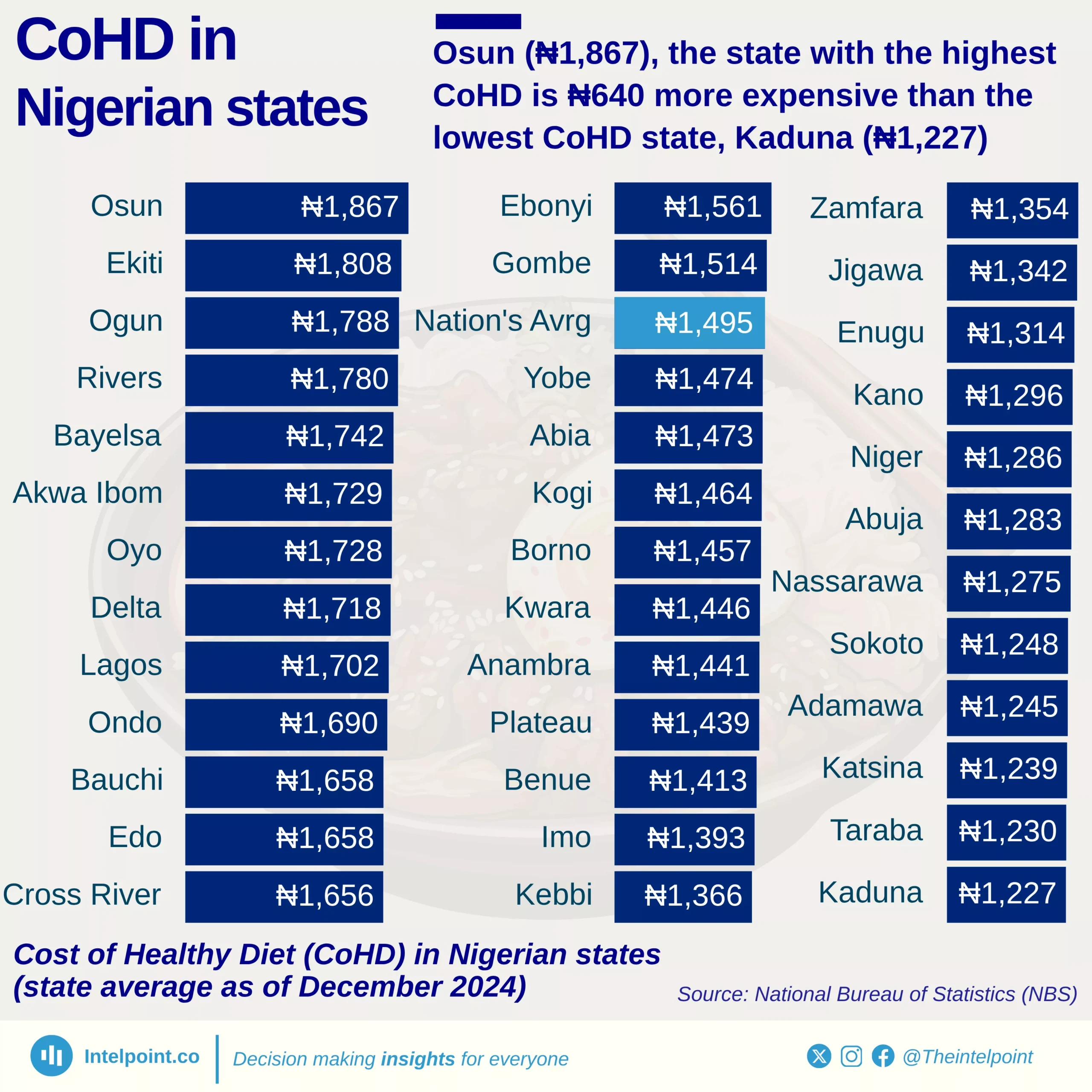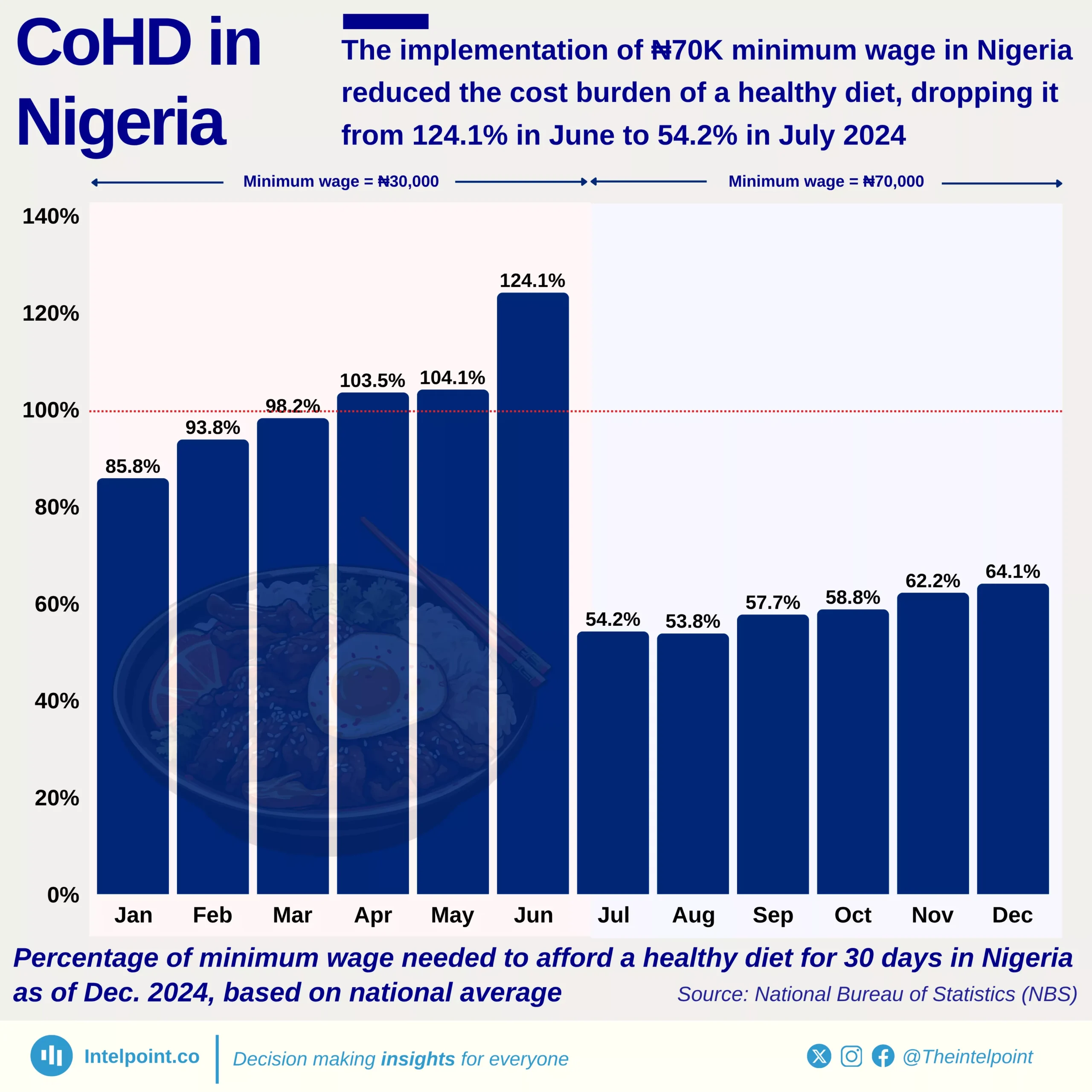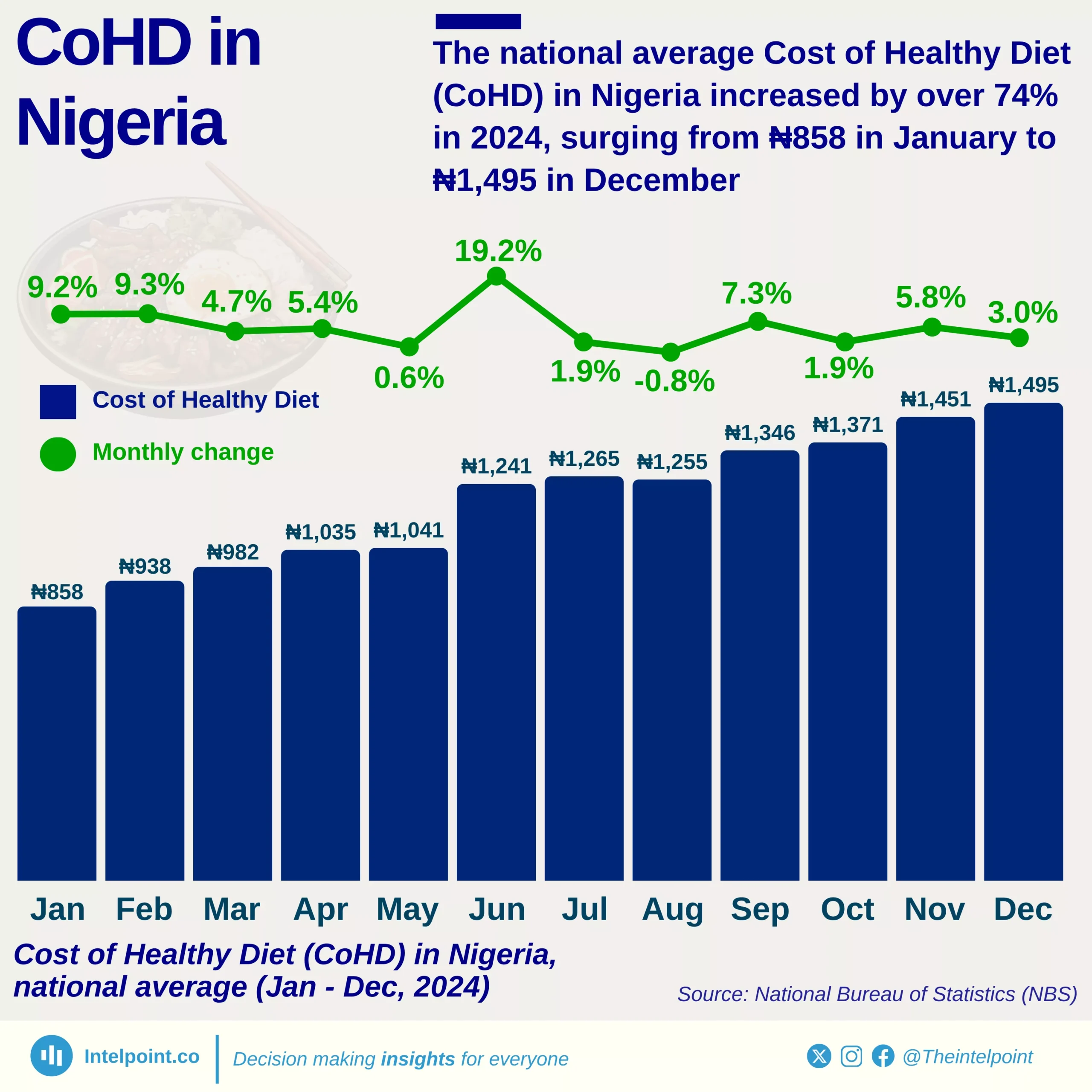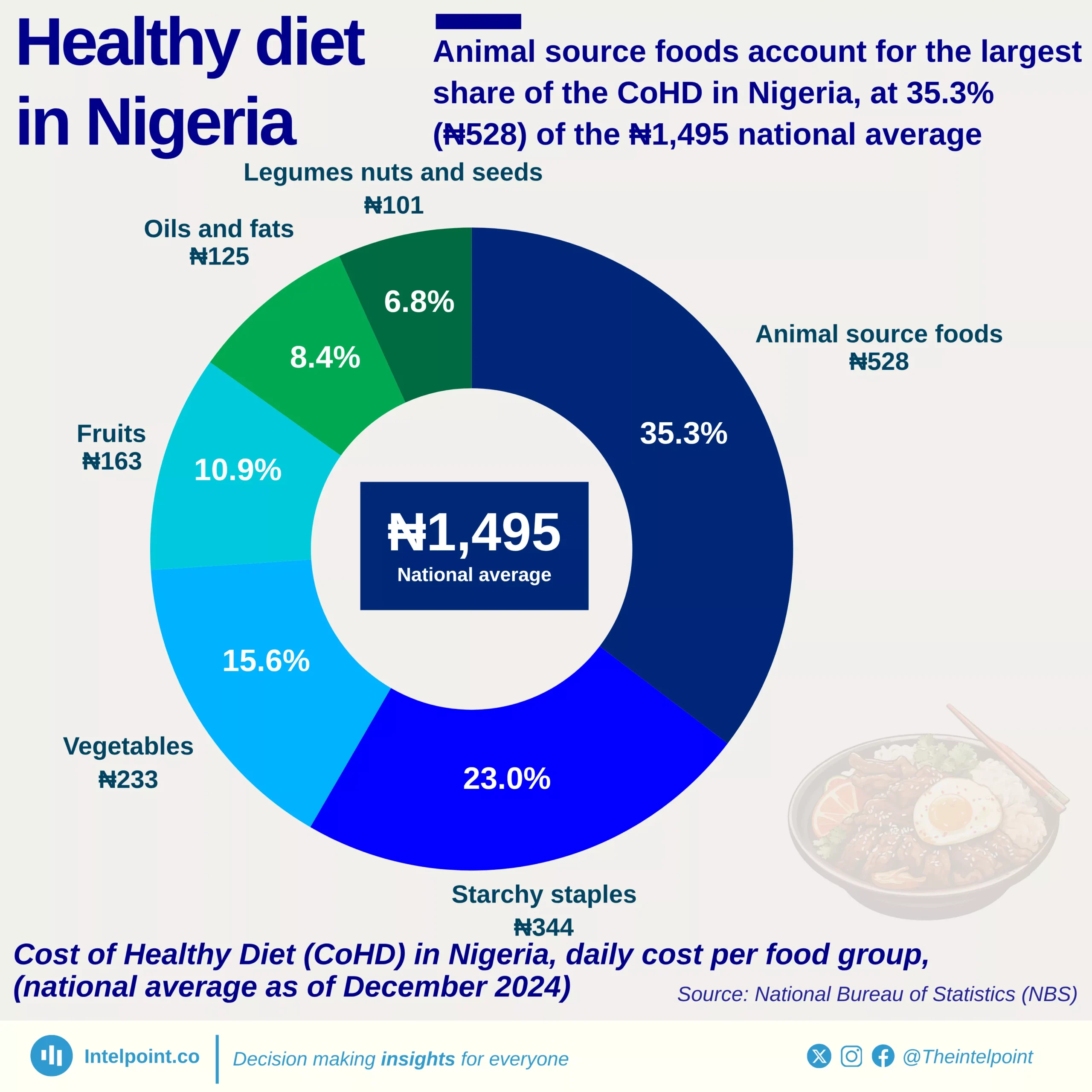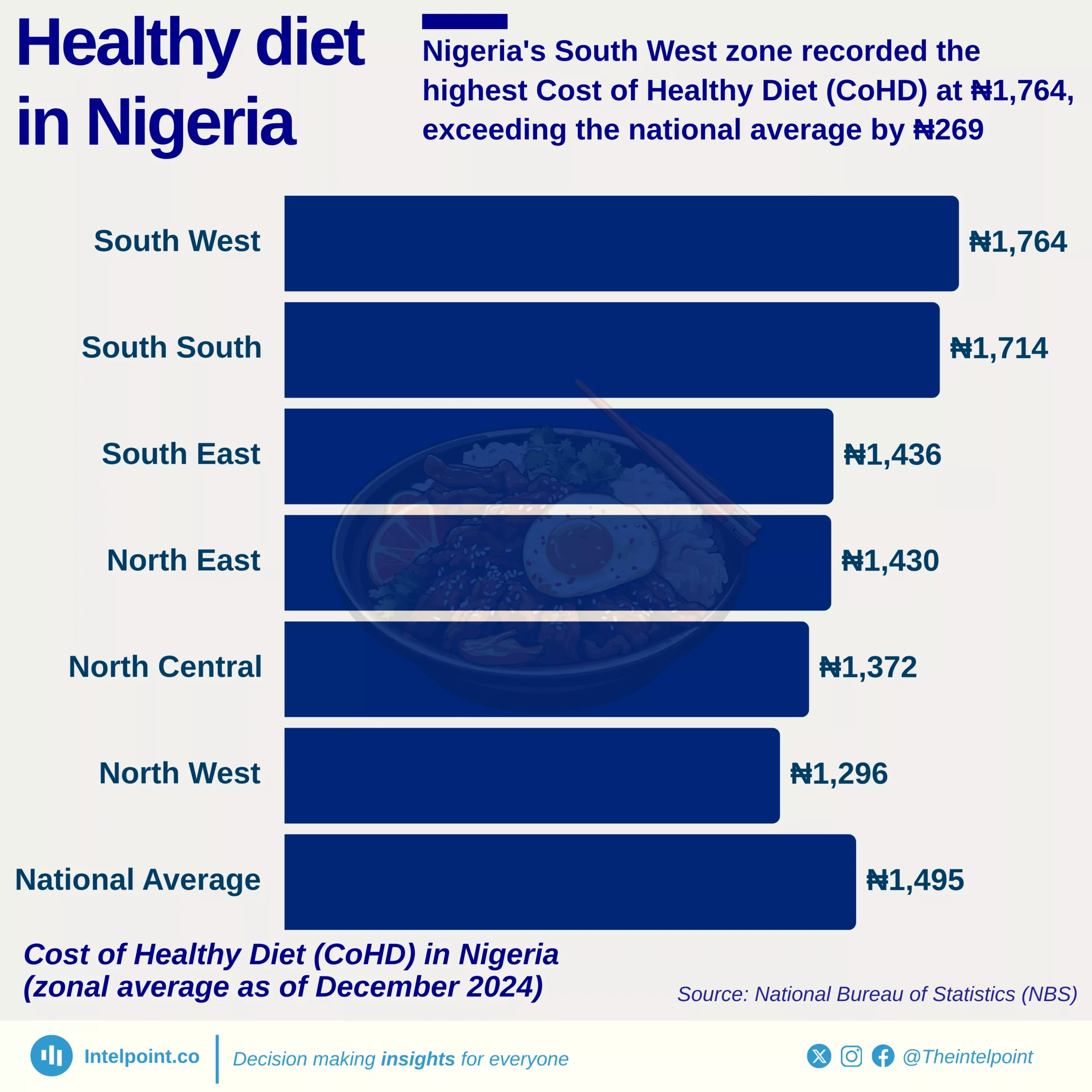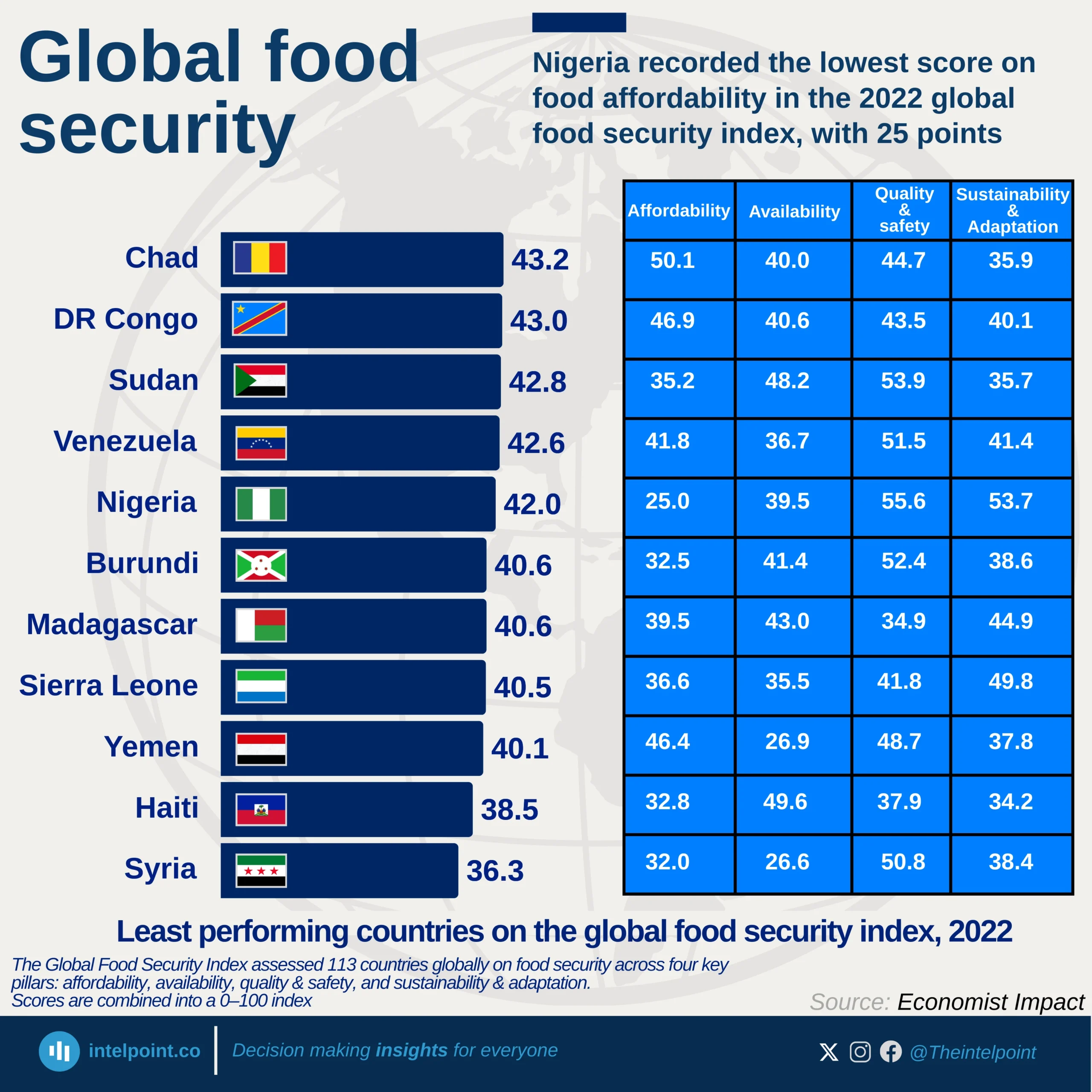Given that unhealthy diets are linked to cardiovascular disease, cancer, and global deaths by the World Health Organization, it is crucial to address countries with a high number and percentage of their populations unable to afford nutritious food.
In 2022, India accounted for 28% of the global total of people unable to afford a healthy diet, leading the top 10 countries with 792.8 million individuals. This meant 55.6% of India's population faced this dietary challenge. China ranked second, making up 7.4% of the global total with 208.1 million people, indicating that 14.6% of its population could not afford such a diet. Nigeria accounted for 6.2% of the global total with 175.6 million people. With a 2022 population of approximately 237 million, a massive 78.7% of Nigeria's populace could not afford healthy food.
A comparison of these figures reveals that a high number of affected individuals does not always translate to a high percentage of the population facing this issue. For instance, although India had the largest number at 792.8 million, 55.6% of its population could not afford a healthy diet, while Nigeria, with 175.6 million people impacted, saw a higher proportion at 78.7% of its population facing this challenge.
